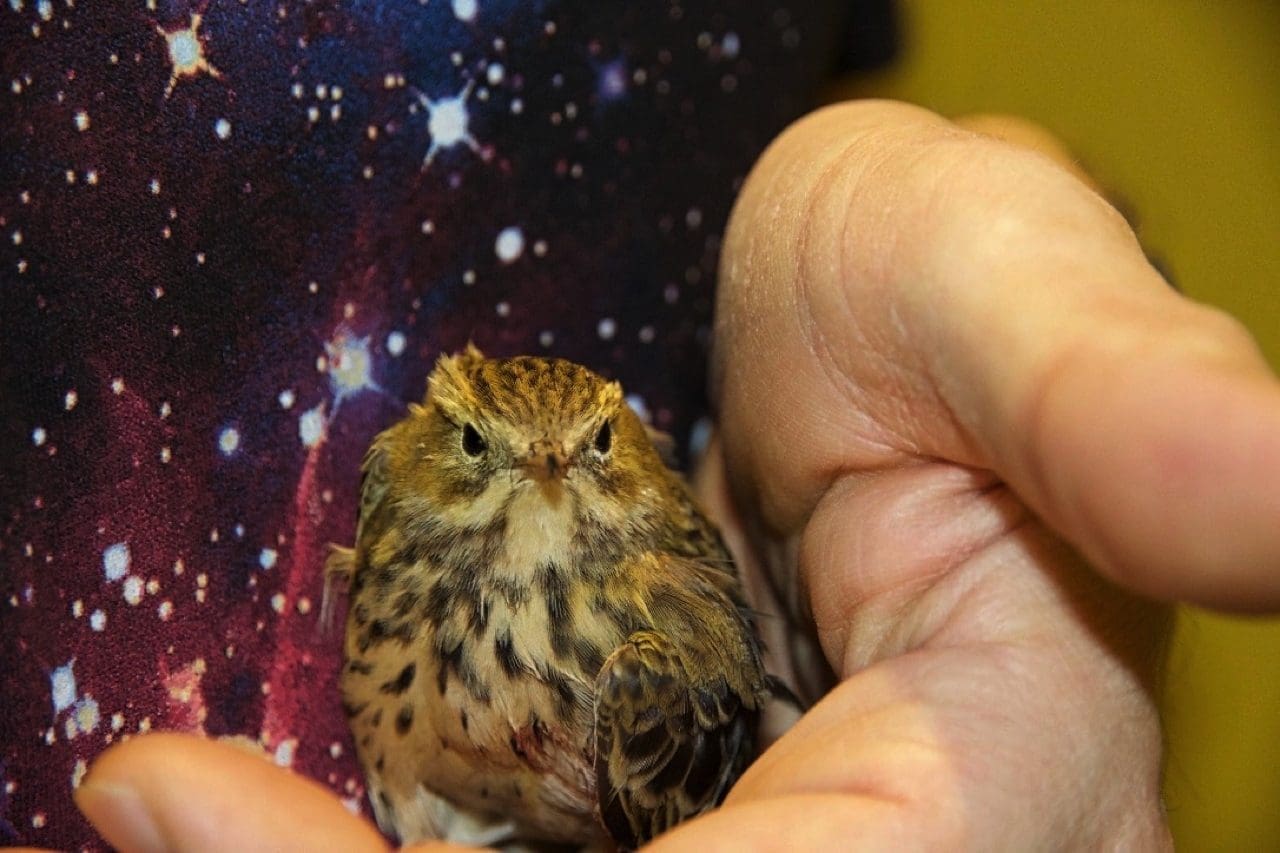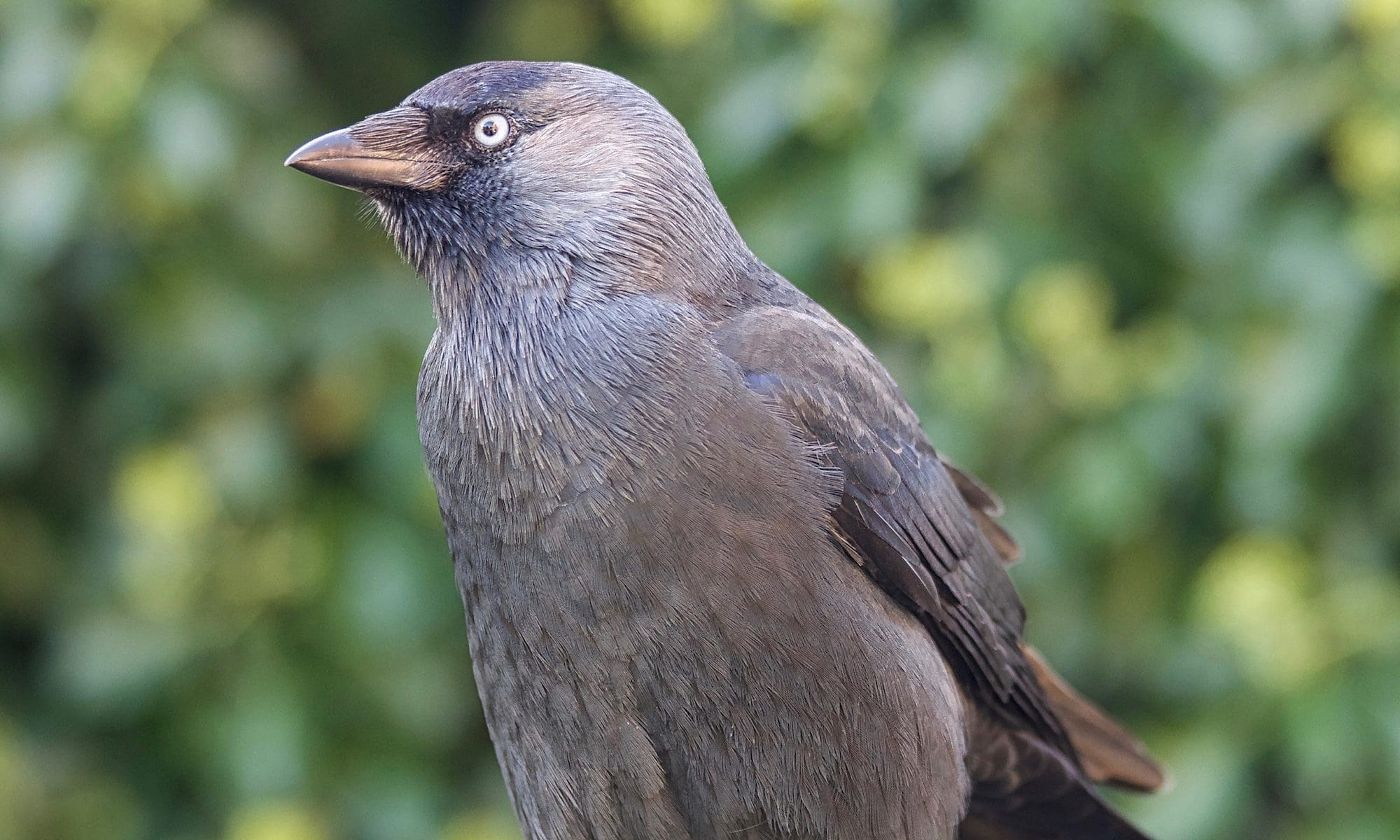Many years ago we tragically lost our beautiful rook fledgling Blacky. He came to us after a nest fall following a storm. Blacky also suffered of splay legs, muscle atrophy and suboptimal plumage development, presumably due to a nutritional deficiency. At arrival Blacky was not able to stand on his feet, nor was he able to perch properly. We designed and applied a custom made brace to correct the malposition and to counteract the subluxation tendency. At the same time the brace did allow Blacky to exercise sufficiently to built up his muscle strength. We did combine this treatment approach with regular physiotherapy and an optimised diet.
Some Thoughts About Animal Learning And Imprinting
Imprinting of rescue bird is an often hotly debated topic amongst bird lovers, wildlife rehabilitators and rescuers, where voiced opinions range considerably. One extreme approach to this topic suggests that imprinted birds are principally unreleasable, and that once a bird is imprinted that this situation cannot be reversed. The other extreme opinion considers all imprinted birds as releasable and implies that these birds have similar survival chances in the wild compared to birds who have not been imprinted. However, own experiences and those of fellow rehabbers have shown that, and this should actually not be unexpected, the truth lies neither in the middle nor is it to find in one or the other extreme. To find an answer, it seems worth to explore some basic underlying processes, like imprinting, learning, conditioning and habituation.
Continue reading “Some Thoughts About Animal Learning And Imprinting”Jackdaw Moby – An Obituary
It is with great sadness that we have to announce the loss of our jackdaw Moby.
Moby came to us in September 2016 as an adult jackdaw, who has been at the time observed by members of the public hiding in the undergrowth and being unable to fly for more than three weeks. After we have been informed of her situation, we luckily managed to catch Moby the following day.
Do Omnivorous Corvid Species Actually Need Grit?
Some bird species have an expanded, thin-walled offshoot or pouch in the oesophagus, which is called the crop. The crop is being used to store food before it is being transferred through the oesophagus into the stomach. Corvids don’t have a genuine crop.
However, all bird species, including corvids, have two parts to their stomach. The first part of the stomach is the proventriculus or glandular stomach, where digestive enzymes are secreted to initiate the process of digestion. The second part of a bird’s stomach is the gizzard or muscular stomach.
Continue reading “Do Omnivorous Corvid Species Actually Need Grit?”Meadow Pipit Bilbo – An Obituary
Bilbo was an adult meadow pipit, who has been found seriously injured after a cat attack in February 2016. He has been rescued by kind people and brought straight to us. At admission we found that Bilbo had suffered a deep puncture wound to his chest as well as a compound fracture of his left humerus. Bilbo has been treated conservatively and all wounds healed eventually very well, including his wing fracture. However, after several weeks of physiotherapy and exercise in our small songbird outdoor aviary it became apparent that Bilbo wouldn’t be able to fly well enough to be released back into the wild, which was mainly due to an irreversible nerve injury.

So this was how Bilbo became one of our residents and also subsequently close friends with sparrow Malala. Bilbo had a wonderful, unique and friendly personality, which made us always smile when we came to his aviary. Bilbo seemed always happy and he was often chatty and very curious. He frequently followed us closely when we did the aviary round, appearing very pleased about any extra treat he would receive.
Bilbo passed away peacefully in his sleep. His death came completely unexpected, as it occured without any warning or signs of illness. We are very grateful that we had the privilege to get to know him that well. RIP Bilbo!




